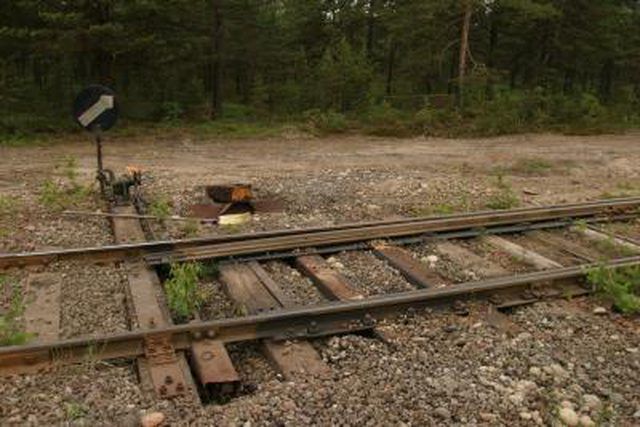Bulbs
Flower Basics
Flower Beds & Specialty Gardens
Flower Garden
Garden Furniture
Garden Gnomes
Garden Seeds
Garden Sheds
Garden Statues
Garden Tools & Supplies
Gardening Basics
Green & Organic
Groundcovers & Vines
Growing Annuals
Growing Basil
Growing Beans
Growing Berries
Growing Blueberries
Growing Cactus
Growing Corn
Growing Cotton
Growing Edibles
Growing Flowers
Growing Garlic
Growing Grapes
Growing Grass
Growing Herbs
Growing Jasmine
Growing Mint
Growing Mushrooms
Orchids
Growing Peanuts
Growing Perennials
Growing Plants
Growing Rosemary
Growing Roses
Growing Strawberries
Growing Sunflowers
Growing Thyme
Growing Tomatoes
Growing Tulips
Growing Vegetables
Herb Basics
Herb Garden
Indoor Growing
Landscaping Basics
Landscaping Patios
Landscaping Plants
Landscaping Shrubs
Landscaping Trees
Landscaping Walks & Pathways
Lawn Basics
Lawn Maintenance
Lawn Mowers
Lawn Ornaments
Lawn Planting
Lawn Tools
Outdoor Growing
Overall Landscape Planning
Pests, Weeds & Problems
Plant Basics
Rock Garden
Rose Garden
Shrubs
Soil
Specialty Gardens
Trees
Vegetable Garden
Yard Maintenance
How to Use Railroad Ties in Gardens
How to Use Railroad Ties in Gardens. There are many ways to make your flower or vegetable garden productive and beautiful at the same time. Keeping your garden organized is one of the most important ways to do that. One of the items you can buy, or sometimes get for free, is a railroad tie. Railroad ties are the wooden parts of the railroad track...

There are many ways to make your flower or vegetable garden productive and beautiful at the same time. Keeping your garden organized is one of the most important ways to do that. One of the items you can buy, or sometimes get for free, is a railroad tie. Railroad ties are the wooden parts of the railroad track and are usually six inches by eight inches by eight feet long. Using railroad ties in gardens is an economical way to take care of several issues, including raised beds, borders and terracing.
Things You'll Need
Railroad ties
Landscaping cloth
Dirt
Shovel
Wooden stakes
Rope
Rototiller
Spikes
Hammer
Saw
Raised Beds
Use railroad ties in gardens for raised bed planting. Make a box, as large as you want, out of one layer of railroad ties.
Fill in the box with more of the railroad ties.
Add at least one layer of railroad ties around the outside edge of the box so the middle of your box is one layer and the outer edge is two layers.
Lay some black landscaping cloth inside the box. Fill the box completely with soil. Water the soil and wait for it to be compacted down a little bit. Add more soil to fill the box and then add your garden seeds or plants.
Borders
Keep your borders neat by using railroad ties. Use a shovel to dig a trench around your garden and down into the soil about six inches. Set the dirt just to the side of the trench. Make sure the trench is wide enough to accommodate the railroad ties.
Lay the railroad ties into the trench. Butt one end tightly up against the next. Leave at least 6 inches of the railroad ties above the soil level to form the border.
Use the excess dirt to fill in any gaps between the lawn and the railroad ties.
Terracing
To make a garden terrace, a horizontal ridge in a hill, mark off a section on the hill that is as wide as you want. Use wooden stakes and rope to help you see the desired size of the terrace.
Rototill the section of land to loosen up the dirt.
Set the railroad ties at the front and sides of the terrace section. Build up the front of the terrace by adding another section of railroad ties if necessary. Use long spikes to hold the layers of railroad ties together if you need to use more than two layers.
Cut the length of the railroad ties for the shorter sides of the terrace. Remove all the weeds and put down landscaping cloth. Fill in the terrace with soil.
Tips & Warnings
Use the terraces as steps or as an extra planting area for your garden.
Make sure your railroad ties are free of creosote, a wood preservative, if you plan on using them in your vegetable garden. The US Environmental Protection Agency (EPA) has deemed it is not safe to plant vegetables near railroad ties coated with creosote, which can cause illness if ingested.